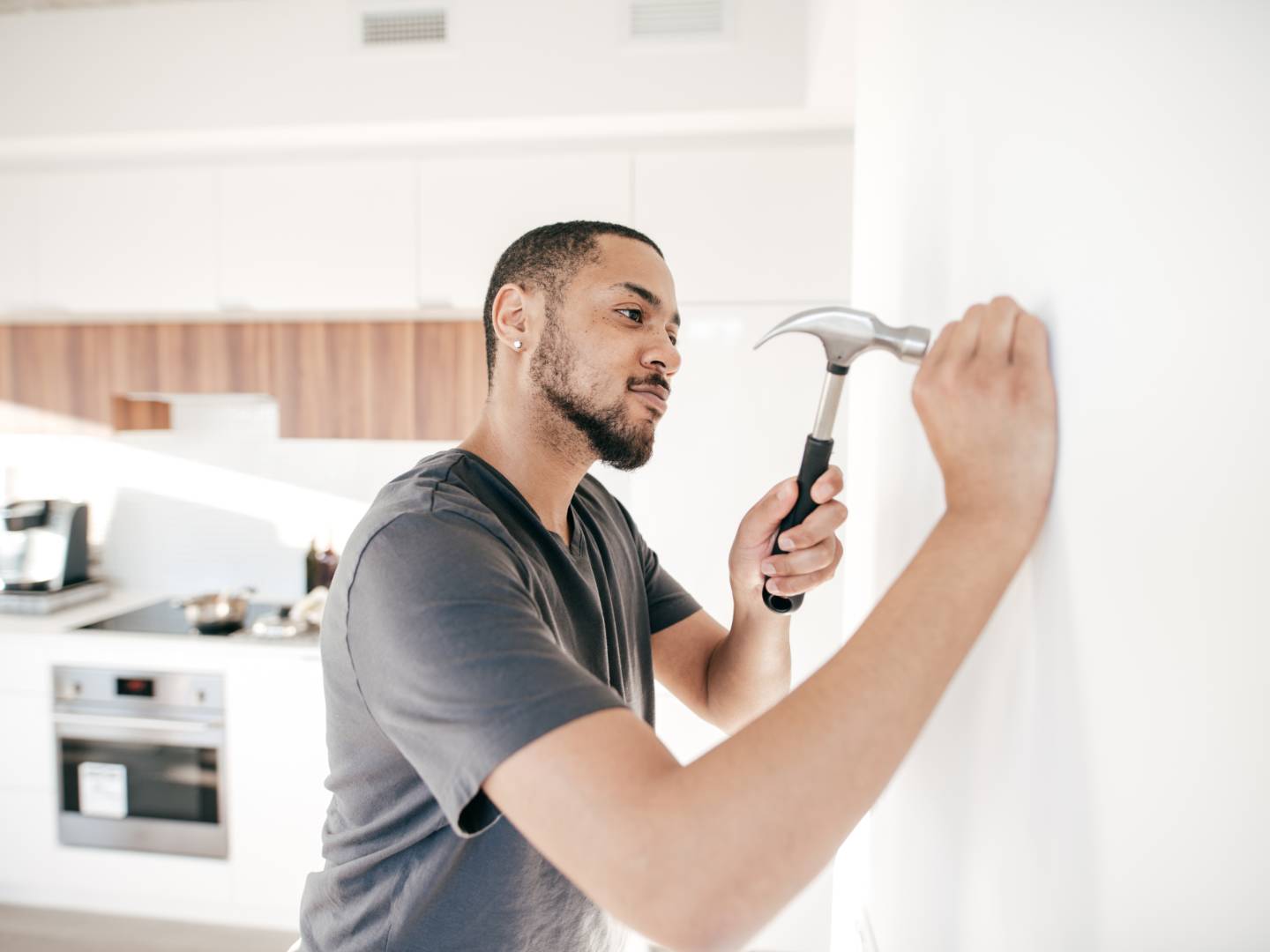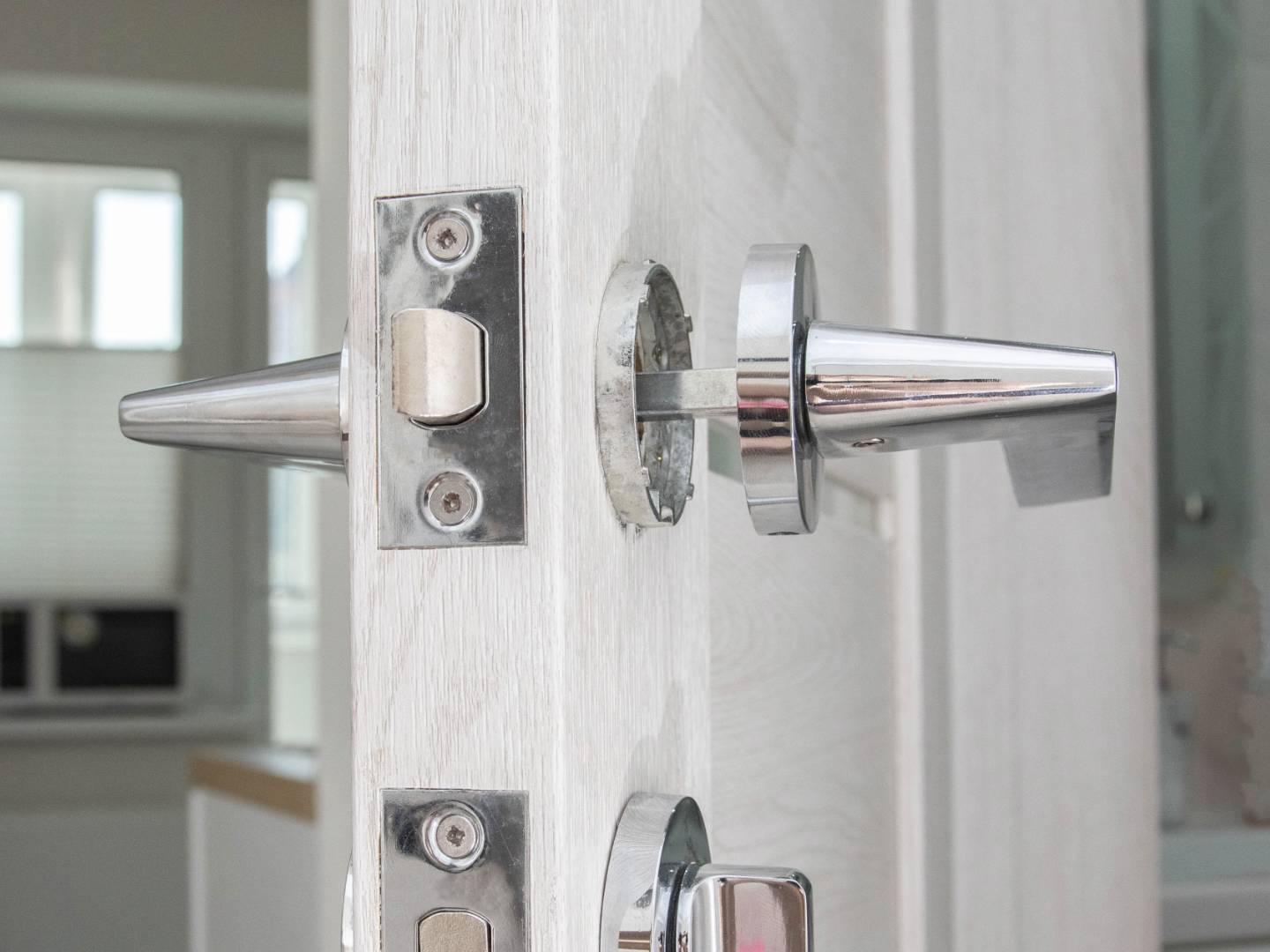Landlord’s responsibility for mould damage in the UK
Mould damage thousands of rental properties in the UK every year. Learn about the causes of the mould, the landlord's responsibility, and how to prevent it.
Jale
The mould problem is a common issue that affects numerous rental properties across the United Kingdom. The growth of mould not only poses health risks to tenants but also presents significant challenges for landlords.
In 2021, the English Housing Survey revealed that 904,000 homes in England had mould problems, with 11% of these being private sector rental properties.
In most cases, mould in rental properties falls under the landlord’s responsibility. When you rent out a property in the UK, understanding the implications of mould damage is crucial for ensuring the well-being of your tenants, protecting your property, and maintaining compliance with legal requirements.
In this article, we’ll cover the causes of mould growth, its potential consequences, your legal obligations as a landlord, and the measures you must take.
Causes of the mould in the UK
Mould thrives in properties with excessive dampness caused by leaks, condensation, poor ventilation, and high humidity. It can grow on walls, ceilings, carpets, and furniture. Acting quickly is crucial because if left unaddressed, mould spreads rapidly.
Threat of mould: health risks and property damage in the UK
Mould can cause health problems for people living in the property, such as respiratory problems, allergies, and asthma.
But the impact of mould extends beyond health concerns. It can also inflict significant damage on the property and its contents. The growth of mould often means the presence of excess moisture, which can deteriorate building materials, such as drywall, insulation, and wooden structures. Additionally, mould can penetrate porous surfaces, leading to discolouration and odours. These damages will result in costly repairs and, in severe cases, the replacement of affected materials.
A recent study by Utilita Energy shows that mould primarily affects windows (65%), walls (61%), and ceilings (43%).
Who is responsible for mould in the UK: landlord or tenant?

If the mould in the rental property results from structural failures or maintenance issues, such as leaking guttering, it becomes the landlord's responsibility to address it. This repair falls under the mandatory requirements of the Housing Health and Safety Rating System (HHSRS).
Sometimes mould can happen because of your tenant’s lifestyle, especially in poorly insulated properties. For example, if they:
- regularly hang damp clothes indoors
- shower without ventilating the bathroom
- cook without opening windows for proper airflow
- fail to heat the property adequately
While, technically, it becomes the tenant's responsibility; it can be challenging to determine the actual cause of mould in the rental property. Investing in a proper ventilation system is a good idea to avoid confusion and potentially costly repairs. Doing so can prevent mould from damaging the property's structure and protect its value in the long run.
Which actions must landlords take?
As a landlord, it's essential to be proactive when dealing with mould issues in your rental property. Here’re the recommended steps to follow:
1. Respond promptly in writing
When your tenant reports mould in the rental property, you must reply to their complaint in writing within 14 days. Promptly addressing their concerns will demonstrate your commitment to resolving the issue. If you neglect your tenant’s request, they can take the matter to the local authorities and take legal action.
2. Determine the cause
Schedule a visit to the rental property to identify the underlying cause and assess the extent of the mould growth. Identify the affected areas and determine the possible causes of mould growth.
3. Remove the mould

Once the cause of the mould has been identified, arrange for a qualified mould remediation specialist to fix the problem promptly. These professionals can safely and efficiently assess, remove, and remediate the mould growth.
4. Keep the receipts and reports
Keep detailed records of tenant communication, inspection reports, and repair receipts. These records will provide evidence in disputes and support tax claims for allowable expenses.
How to prevent mould growth in the UK

You can take the following measures to prevent mould in rental properties:
- Conduct regular property inspections to identify any dampness or mould.
- Address any reported mould problem promptly by fixing leaks, improving ventilation, and drying out the affected areas.
- Install ventilation systems, such as extractor fans or air vents, in areas prone to dampness and condensation.
- Consider using dehumidifiers or moisture absorbers in areas prone to dampness.
- Use anti-mould paint or treatments on walls and ceilings in high-risk areas, such as bathrooms and kitchens.
- Provide tenants with information on preventing mould, such as keeping the property well-ventilated, drying clothes outside and using lids on pots and pans while cooking.
Does insurance cover mould damage?
Most landlord insurance policies don’t cover mould damage resulting from wear and tear, lack of maintenance, or negligence. Mould caused by poor ventilation, leaking roofs, or inadequate insulation isn’t covered under standard policies.
Some landlord insurance policies include limited coverage for mould damage caused by a covered peril, such as water damage from a burst pipe. In such cases, the policy might also cover the cost of repairs and remediation to remove the mould. Your insurance will also cover the mould damage arising from an insured event, such as flooding or storm damage.
In conclusion, mould is a severe issue that landlords must take seriously. By taking preventative measures and promptly addressing any reported mould damage, landlords can provide their tenants with safe and healthy living conditions and avoid costly repairs and replacements.
This article is for informational purposes only. Please consult the appropriate authorities for the latest developments or a lawyer for legal advice.
For feedback on this article or other suggestions, please email content@housinganywhere.com.
Related articles
In this article
Be 100% in control of your rental
Manage the entire rental process online, from selecting tenants to setting up monthly payment plans.
List for free

